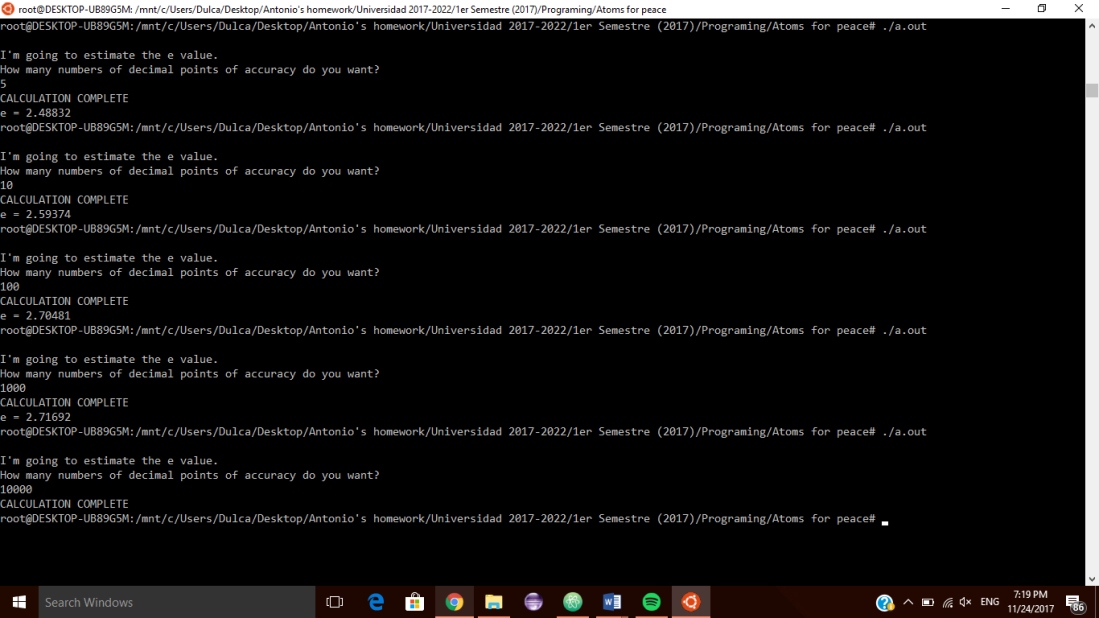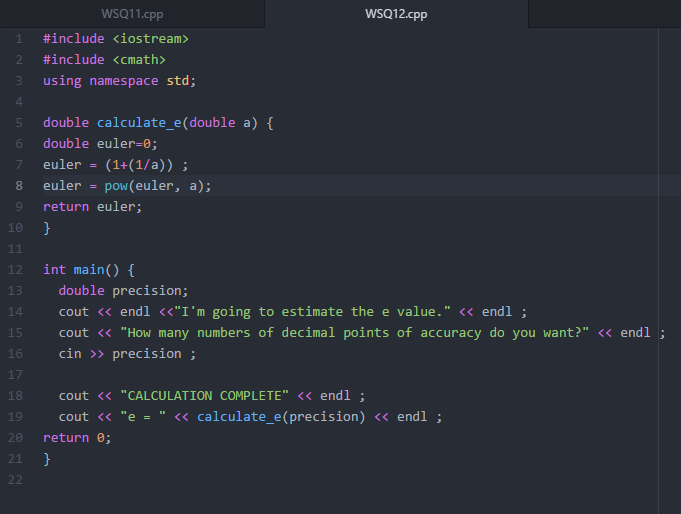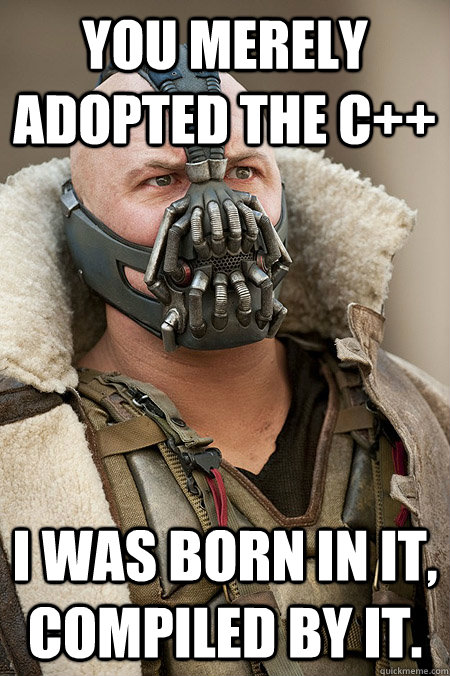Ken’s classes are way different than normal classes in Tec. The purpose of his course is for the student to learn by himself and also to know the basics of programming on C++. One day I had a question about my code and he simply answered «C’mon, just google it». If you can’t solve it on your own, then he will be happy to help. What caught my attention of his classes is that every assignment, quiz or partial exam does not have a value. Instead, we have to fill up a rubric but if you think that you deserve more points you are free to put your own grade. In the end, Ken will check that grade and if he disagrees he will tell you.
Overall my personal experience in this class was great. Since I did not manage well my time on this semester, I used some of his classes to complete other assignments and I made the WSQs in my house. When I had a doubt, I just simply waited for the other class to come in order to ask Ken. If you are new to his class you must know that his favorite number is 42 and his favorite word is banana, he likes to give examples with them.
The most important tools that Ken’s courses will give you is the ability to learn by yourself and also to be curious about a topic you are interested. His method of teaching proves that students can learn a lot even without pressure.




